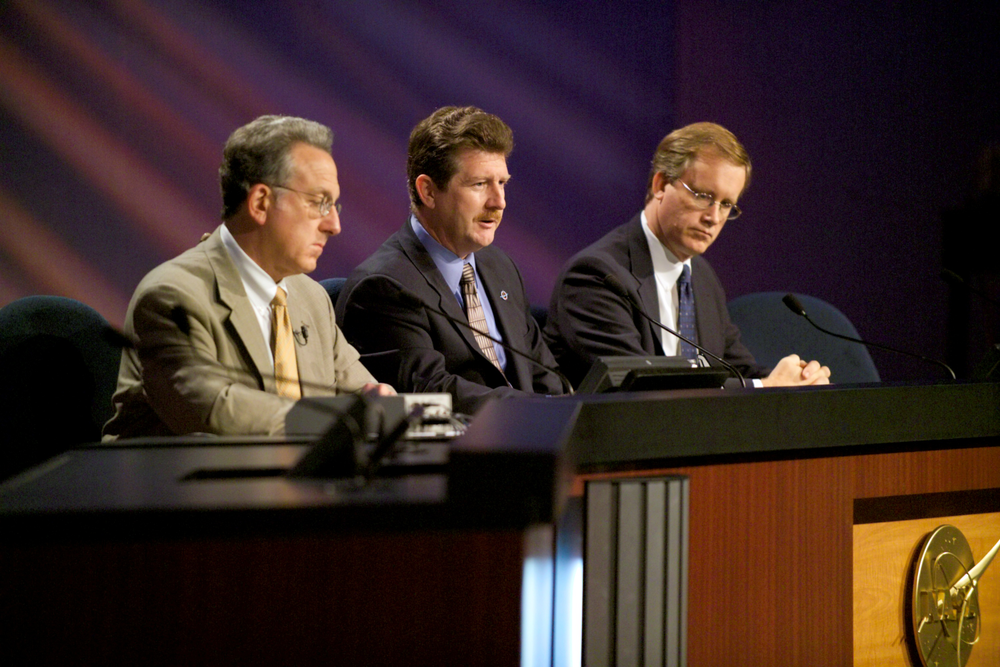The Voice of NASA: Meet Rob Navias, Public Affairs Officer and Mission Commentator
If you have ever witnessed the live coverage of a NASA spacewalk or launch, then you know the captivating voice of celestial storyteller Rob Navias. Navias effortlessly blends expertise, enthusiasm, and profound insight into every mission, sharing the remarkable achievements of human spaceflight with the world.
Navias works within the Office of Public Affairs on mission operations and television in NASA Johnson Space Center’s Office of Communications, leading public affairs activities involving launches and landings of U.S. astronauts and international partner crew members. He is iconically known as the voice of NASA.

Navias has been a part of some of the most impactful moments in space exploration history, communicating the facts in real time with unmatched clarity. He covered every shuttle mission from the maiden launch of Columbia in April 1981 to Atlantis’ final voyage in July 2011. Navias is known for connecting others accurately and honestly to key moments in time. “I relay the facts and data with history in mind,” he said. “I think you need to maintain a sense of history if you're going to be able to tell the contemporary story properly.”
Navias' extraordinary contributions to space communications garnered him the 2017 Space Communicator Award from the Rotary National Award for Space Achievement Foundation. This prestigious accolade is presented to individuals or teams who have made remarkable contributions to public understanding and appreciation of space exploration. Most recently, Navias' unwavering dedication to NASA was recognized with the 2023 Length of Federal Service Award, commemorating his 30-year commitment to the agency.
Navias began his broadcast career as a correspondent for networks covering the Space Shuttle Program. Before joining NASA in 1993, Navias had a 25-year career in broadcast journalism where he reported the voyage of Pioneer 11, a robotic space probe that studied the asteroid belt and the rings of Saturn, as well as the test flights for the Space Shuttle Enterprise at Edwards Air Force Base in California and the Voyager missions from NASA’s Jet Propulsion Laboratory in Southern California.
Navias also covered the Apollo-Soyuz Test Project as a broadcast journalist. That first international human spaceflight showed the world there was a way for nations to work together peacefully for a common goal, Navias stated. “Once the commitment was made to fund the construction of an international space station, it broadened the agency’s scope to work multiple programs that could be a stepping stone beyond low Earth orbit,” he said. “I think the greatest legacy of the station will ultimately be the diplomatic oasis it has provided in orbit for exploration and scientific research. As long as we can maintain a shared vision and curiosity, all nations can go a long way up to the universe.”

Navias explained that during his time at NASA, he has learned a lot about himself. "The day you stop absorbing information, the day that you grow tired of learning new things is the day you need to walk away,” Navias said. “The challenge of spaceflight keeps me here at NASA.”
Navias underscored the importance of nurturing and retaining the agency’s brilliant workforce who have shaped the pioneering mindset of human space exploration. He believes blending talent, resources, and industry expertise is the key to returning to the Moon and going to Mars. This collaborative mindset has not only resulted in establishing a laboratory in low Earth orbit but also paved the way for future missions.







